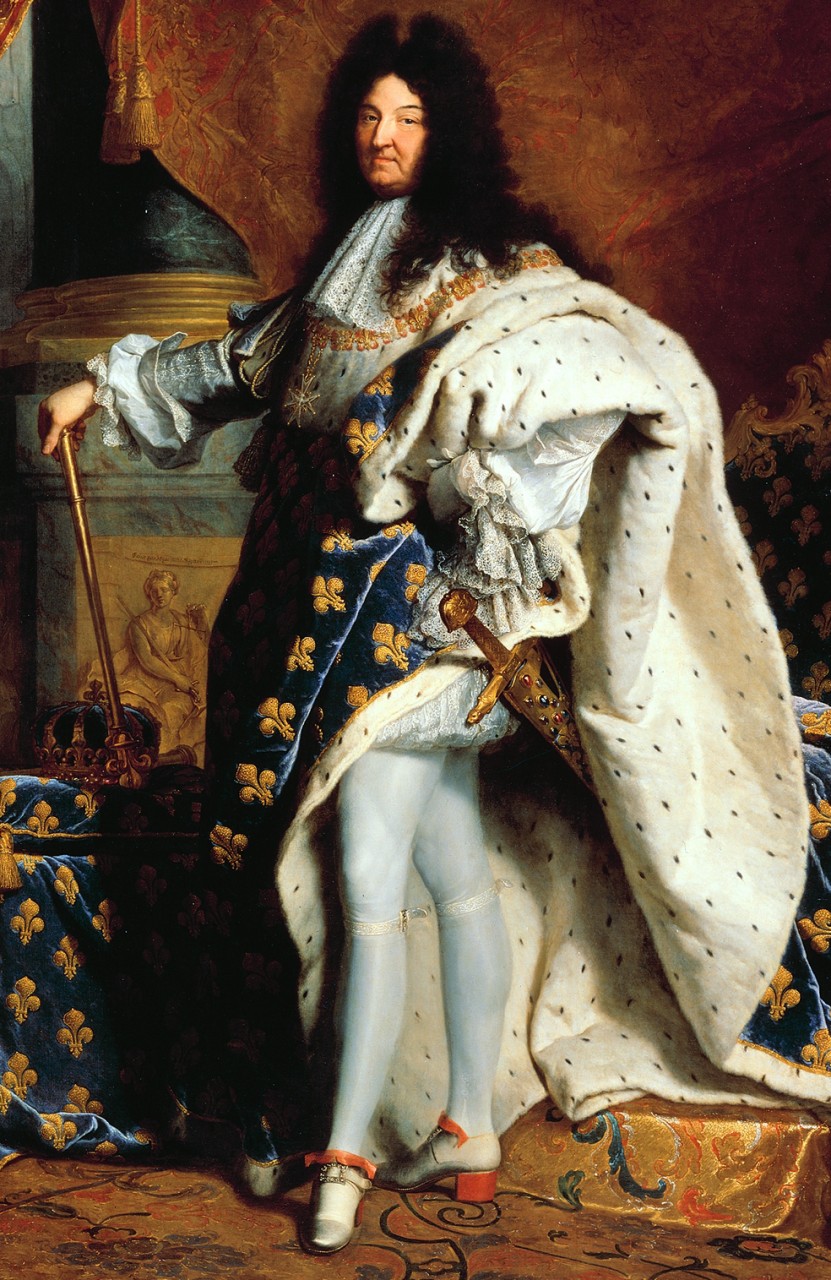
Generally speaking, most men these days tend to sport closely cropped haircuts. If you happen to be one of the men that enjoys having a neatly trimmed, easy to maintain ‘do you can thank an unpopular English tax and a bet made by a duke for saving you countless minutes every morning.
While the likes of Queen Elizabeth I and Mary I of Scotland had previously helped popularise wig wearing among women around this period, if you’ve ever seen a period drama, an episode of Blackadder or just happen to be a fan of the absolutely dreamy Governor Weatherby Swann from the Pirates of the Caribbean franchise, you’re likely aware that men used to sport flowing wigs of the powdered variety.
This particular fashion trend has its seeds in a disease that particularly reared its patchy head during the 16th century. At this time (and beyond), Europe was suffering from a major syphilis epidemic, possibly a disease brought back from the New World, with one potential side effect being that some sufferers experienced patchy hair loss. Wearing a wig, while not considered as good as the real thing at this point, was generally thought to be a superior alternative to going out in public in this sort of balding state.
Some of the earliest wigs favoured by western men were often large and ornate with King Louis XIII being one of the first prominent men since the days of the ancient Romans to wear a wig as a fashion accessory, helping to set the trend when he took to wearing wigs in the 1620s.
(Fun fact- his son, King Louis XIV, helped popularise the high-heel, and otherwise generally looked fabulous strutting around in flowing wig, intricately patterned dresses, tights, and bright red high heels…)Rather than a bout with syphilis, King Louis XIII is thought to have simply been the genetic recipient of male pattern baldness (see: What Causes Baldness). Being king and all, rather than being mocked for wearing a wig to cover this up, he was mimicked and wigs not only became fashionably acceptable, they slowly became the social norm, even if you already had a glorious set of locks.
A potential side benefit that may have helped the popularity of the wig along was also the fact that lice, a bit of a problem for some in this era and region, became less of an issue with wigs; by shaving off your own hair and wearing a wig that could be more thoroughly sanitized separate from your head, this meant getting rid of lice was a little easier. A similar thought process saw women, particularly prostitutes, of the 15th and 16th centuries in Western Europe shaving their nether regions and then wearing wigs, known as a merkin, where the hair used to be. This allowed them to still keep some semblance of modesty, avoid the lice problem, and potentially hide signs of any STDs.
The post Francis Russell and One of the Most Influential Haircuts in History appeared first on FeedBox.